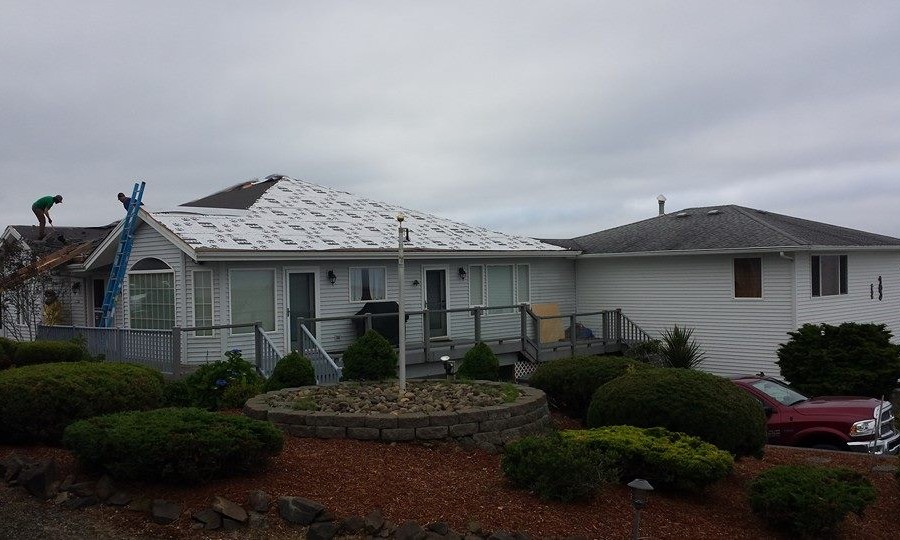Replace Your Roof
Knowing when to replace your roof is crucial for maintaining the safety and integrity of your home. In ‘When to Replace Your Roof: A Comprehensive Guide,’ we delve into the critical signs that indicate your roof may need replacement, the factors that influence the timing, and the steps involved in the replacement process. Whether you’re dealing with aging materials, storm damage, or persistent leaks, this guide will equip you with the knowledge to make informed decisions and ensure your home remains protected and secure.
Recognizing the Signs:
Aging Roof:
- Most roofing materials have a lifespan. For instance, asphalt shingles typically last 20-25 years. If your roof is nearing or has surpassed its expected lifespan, it’s time to consider a replacement.
Visible Damage:
- Look for cracked, curled, or missing shingles. These signs indicate that your roof is deteriorating and may no longer provide adequate protection.
Granule Loss:
- Check your gutters for granules from asphalt shingles. Excessive granule loss means the shingles are wearing down and losing their protective layer.
Leaks and Water Damage:
- Water stains or discoloration on your ceilings or walls can signal a roof leak. Persistent leaks may require a full roof replacement rather than patching.
Sagging Roof:
- Any sagging areas on your roof could indicate structural issues caused by water damage or excessive weight. This is a serious sign that needs immediate attention.
Moss and Algae Growth:
- While moss and algae might seem harmless, they can trap moisture and lead to roof damage. Extensive growth can mean your roof needs replacing.
Daylight Through Roof Boards:
- If you can see daylight through the roof boards in your attic, it’s a clear sign that your roof has issues that need addressing.
Understanding the Roof Replacement Process:
Initial Inspection:
- Hire a professional roofing contractor to conduct a thorough inspection. They can identify hidden issues and give you a detailed assessment.
Choosing Materials:
- Select the roofing material that best suits your needs and budget. Options include asphalt shingles, metal, tile, and wood shakes, each with its benefits and drawbacks.
Getting Estimates:
- Obtain multiple quotes from reputable roofing contractors. Compare their prices, warranties, and timelines to make an informed decision.
Preparing Your Home:
- Before the work begins, prepare your home by removing valuable items from the attic, securing pets, and informing your neighbors about the upcoming work.
Roof Removal:
- The existing roof will be stripped down to the decking. This allows the contractors to inspect the underlying structure for any damage that needs repair.
Repairing and Replacing:
- Any damaged decking or underlayment will be repaired or replaced. This ensures a solid foundation for the new roofing materials.
Installing the New Roof:
- The new roofing materials are installed, starting with the underlayment and followed by the shingles or other chosen materials. Proper installation is crucial for longevity and performance.
Final Inspection:
- After installation, a final inspection ensures everything is correctly installed and meets local building codes and manufacturer specifications.
Cleanup and Maintenance:
- The contractors will clean up the job site, removing all debris. They’ll also provide maintenance tips to help you keep your new roof in optimal condition.
By recognizing the signs of roof damage and understanding the replacement process, you can ensure your home remains safe, secure, and protected from the elements. For expert assistance with your roof inspection, or to replace your roof, consider consulting with a professional roofing contractor from Classic Roofing to achieve optimal results and maximize the lifespan of your roof.
Have questions? Call Classic Roofing & Gutters at 770-424-2010
or email us at [email protected]
Classic Roofing & Gutters is proudly powered by WordPress

